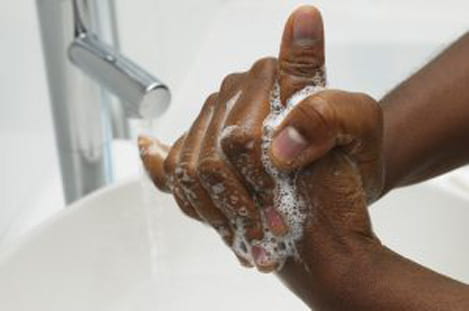
January 2023: Really nice write-up by Talia Ogliore on Sara Sander’s work on bacterial cell cycle regulation in single cells in the WashU Record. A fun, pandemic-initiated collaboration with Kunaal Joshi and Sri Iyer-Biswas at Purdue! Paper here.

November 2021: ASM Podcast: Cell Growth and Cell Size With Petra Levin
Petra Levin joins TWiM to tell three stories from her laboratory: how starvation induces shrinkage of the bacterial cytoplasm; plasticity of E. coli cell wall and how it influences antibiotic resistance across different environments; and induction of antibiotic resistance by Triclosan.
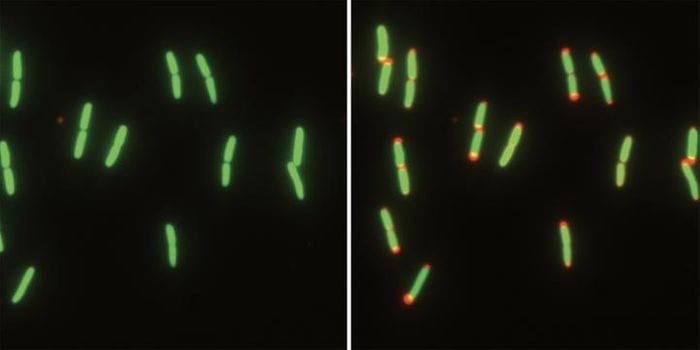
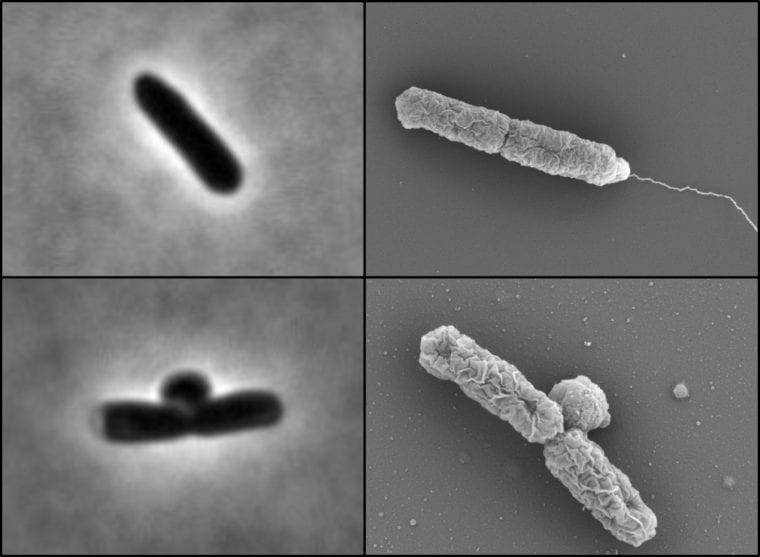
March 2019
Germ-Killing Chemical Shields Bacteria From Antibiotics
A sua pasta de dentes pode estar a sabotar os seus antibióticos
Ingredients in Toothpaste, Mouthwash May be Creating Antibiotic Resistant Germs
Dentifrice: le triclosan pourrait rendre inefficace vos antibiotiques
Common Over-the-Counter Ingredient Deactivates Antibiotics
February 2019
A Common Household Ingredient Might Sabotage Your Antibiotics
Triclosan, l’antibatterico, presente in molti saponi e dentifrici, che mette KO gli antibiotici
Антисептик из вашей зубной пасты мешает работать антибиотикам
Un Produit Antibactérien Populaire Interférerait avec les Antibiotiques
Our Obsession With Germs is Actually Making Us Sick
Chemical Found in Toothpaste Could Strengthen Bacteria
Chemical Added to Consumer Products Impairs Response to Antibiotic Treatment

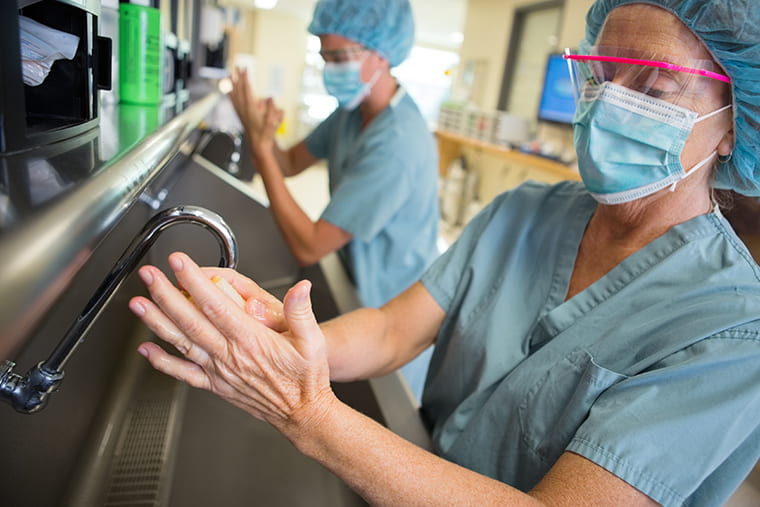
August 2018: Bacteria in a Changing Environment
June 2017
A Little Place for my Stuff: How big bacteria grow depends on how much fat they can make
Die Grenzen des Zellwachstums (The limits of cell growth)
December 2016: Antibacterial Products May Help Bacteria Beat Antibiotics (New Scientist)
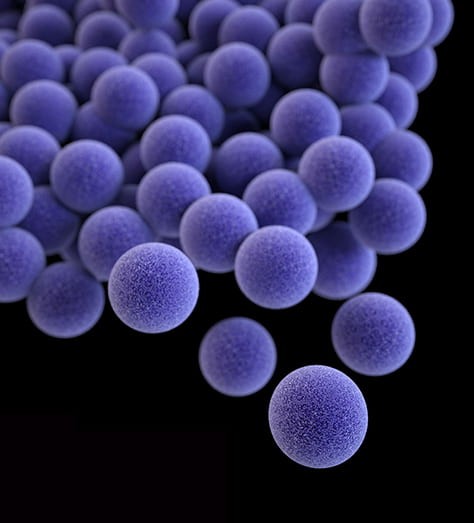
January 2015: How Bacteria Control Their Size
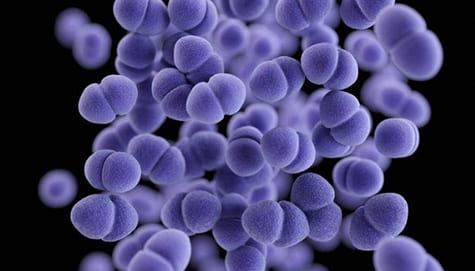
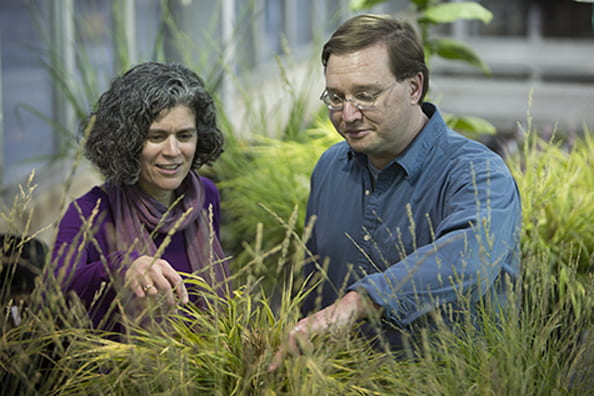
April 2014: Danforth Fellowships in Plant Sciences announced
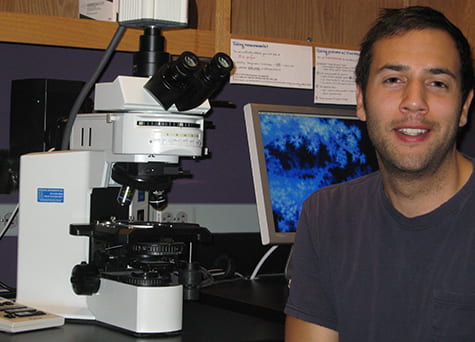
July 2007: Researchers discover pathway to cell size, division

